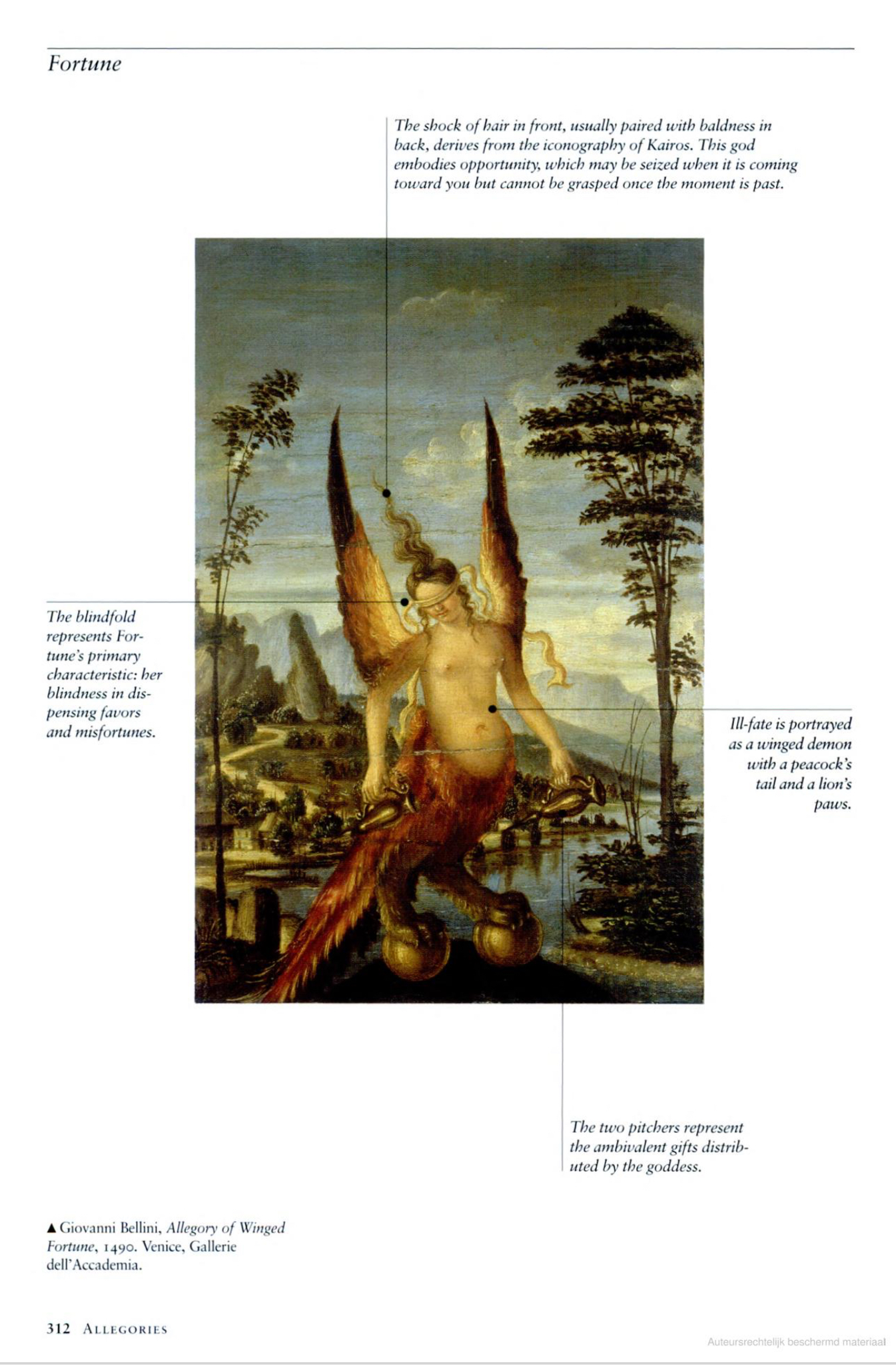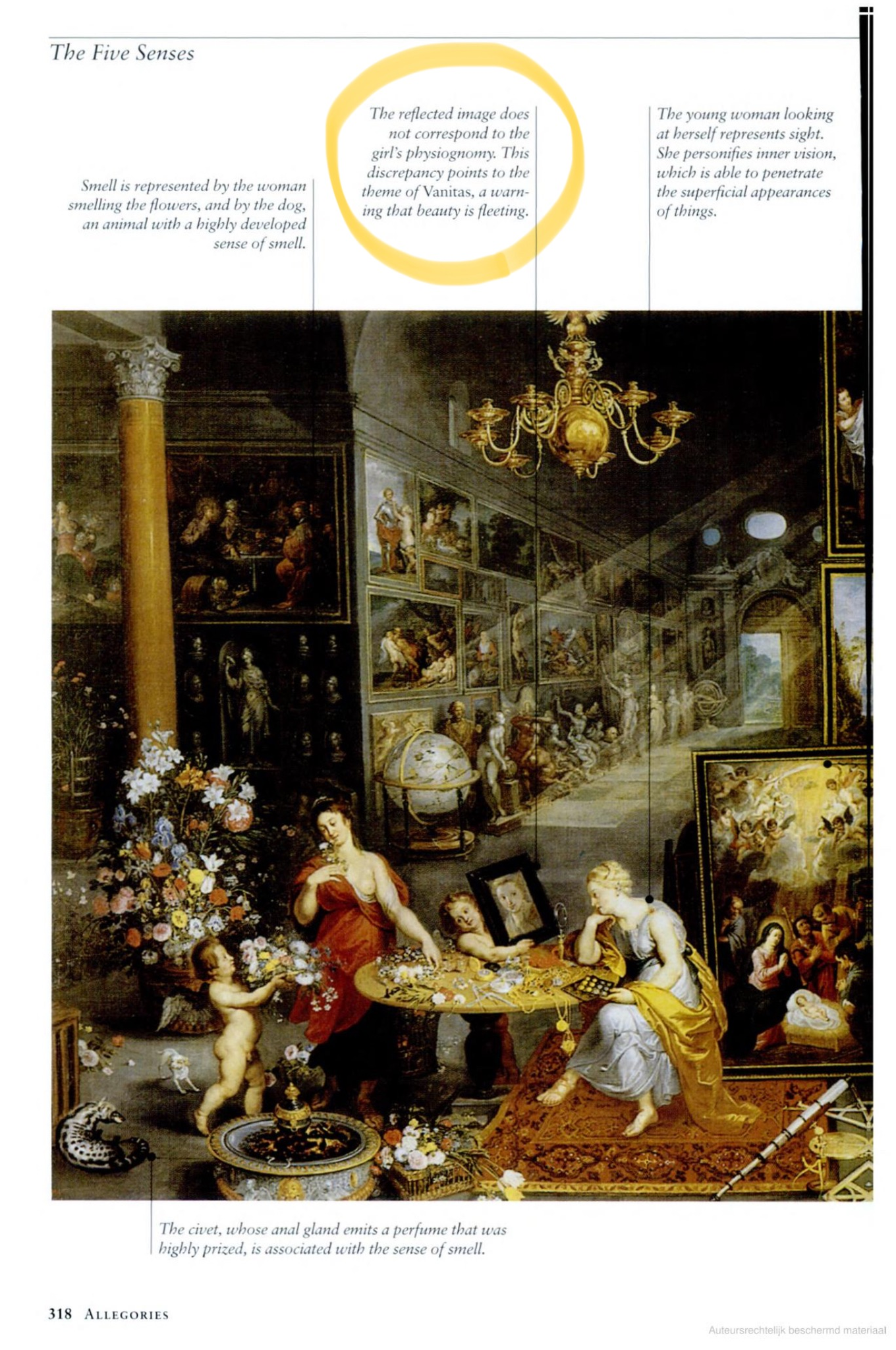back to Table of contents
SYMBOLISM
Walter Emery wrote in his book, Bach's Symbolic Language:
––– It has for a long time been generally accepted that Bach used symbolism in his music: used it deliberately and consistently, so that he may be said to have employed a symbolic musical language as one of his means of expression.
The facts are clear. Fully half Bach's output-the chorale preludes and programmatic works as well as the vocal music has words associated with it in one way or another; and when the words refer to a rise, a fall, or the Old Serpent, the music often rises, falls, or moves snakewise. Other motions and objects are similarly represented. Further, certain rhythmical or melodic "motives" are often associated with certain emotions; for instance, the rhythm ♫|♩♫♩with joy, and slow chromatic scales with grief.1–––
According to Anthony Newman, musical symbolism contains both auditory symbols such as melody, harmony, rhythm, tone color and dynamics and visual symbols such as notation, form and structure of the music.2 David Humphrey adds that symbolism enables us to have the ability to perceive the essence of an idea, to sense composers’ deepest feelings and experiences.3
Matthew Wilson explains the origin of symbols, as "The word 'symbol' originates from the Ancient Greek sumbolon, meaning 'sign', in the sense of a visual image whose meaning isn't intuitive but has to be learned, like a 'stop' sign on a road, or the icon for a church on a map. This stemmed from two smaller words: 'sun-', which means 'together' or "alike', and
'ballein', meaning 'to throw'. Symbols, in other words, are two things thrown together: a sign and its apparently disconnected referent."4
ALLEGORY
Allegory in art is when the subject of the artwork, or the various elements that form the composition, is used to symbolize a deeper moral or spiritual meaning such as life, death, love, virtue, justice etc.
Allegory has been used widely throughout the histories of all forms of art; a major reason for this is its immense power to illustrate complex ideas and concepts in ways that are easily digestible and tangible to its viewers, readers, or listeners.5
Vanitas is one of the allegorical concept in art.
Still Life with a Golden Goblet, Pieter de Ring, 1640-1660, Rijksmuseum, Amsterdam, Netherlands
https://www.dailyartmagazine.com/pieter-de-ring-still-life-with-a-golden-goblet/
VANITAS
A still life artwork which includes various symbolic objects designed to remind the viewer of their mortality and of the worthlessness of worldly goods and pleasures
The term originally comes from the opening lines of the Book of Ecclesiastes in the Bible: ‘Vanity of vanities, saith the Preacher, vanity of vanities, all is vanity.’
Vanitas are closely related to memento mori still lifes which are artworks that remind the viewer of the shortness and fragility of life (memento mori is a Latin phrase meaning ‘remember you must die’) and include symbols such as skulls and extinguished candles. However vanitas still lifes also include other symbols such as musical instruments, wine and books to remind us explicitly of the vanity (in the sense of worthlessness) of worldly pleasures and goods.6
Manfred Bukofzer discusses in his article Allegory in Baroque Music, about the role of allegory and symbolism in Baroque music, a concept that has been widely studied in painting, sculpture, and poetry but remains debated in music. Some scholars argue that music, being abstract, cannot convey allegory, as it lacks the ability to directly associate images with abstract ideas. However, the text counters this by explaining that allegory itself requires intellectual interpretation—just as a painting of a blindfolded woman with scales is understood as Justice through convention rather than inherent meaning.
He describes the challenge in music lies in its primary nature as a sensory experience. In painting, the visual impression comes first, and meaning is later superimposed by interpretation. In music, however, interpretation occurs simultaneously or even precedes the experience of sound. Bukofzer suggests that if a painting allows for allegorical meaning to be layered onto its sensory impression, then music, too, can bear allegorical significance through intellectual engagement with its tonal and rhythmic structures.
The discussion also addresses different types of symbolic relationships. Some symbols are arbitrary conventions (e.g., a red traffic light meaning "stop"), while others have inherent connections (e.g., a triangle symbolizing the Trinity). The challenge lies in interpreting whether a sign should be taken literally or figuratively, as in the case of a lion, which could represent either the animal itself or courage. Ultimately, symbolic meaning in music, as in other art forms, relies on the interpreter’s ability to connect the sign with its deeper significance.7
Matilde Battistini's insight into Allegories on paintings.8
In fact, music itself embodies the concept of Vanitas, which only lives in the moment it is played or heard—it vanishes as soon as the sound dissipates.
Every moment is special, as it can never be exactly the same again. In this way, music also reminds us that everything in life is temporary and should be appreciated while it lasts.
Prof. Terakado says, Baroque is about Chiaroscuro—light and shadow. Something new emerges after the passing away. As mentioned earlier, in music, it can be expressed through slurs or techniques such as messa di voce. In Bach’s time, people lived by candlelight, and both paper and ink were precious commodities. They studied Greek mythology, and Bach himself held a mystical Lutheran faith. The reverence people had for gods and nature, and the sense of mystery within that awe—just by reflecting a little on the environment and beliefs of that time, wouldn’t it fundamentally change our approach to performance?
_______________
1Walter Emery, Bach's Symbolic Language (JSTOR, Oxford University Press, 1949), p.345
2Anthony Newman, Bach and the Baroque: European Source Materials from the Baroque and Early Classical Periods with Special Emphasis on the Music of J.S. Bach (New York: Pendragon Press, 1995)
3David Humphreys, The Esoteric Structure of Bach's Clavierubung III (Cardiff: University College Cardiff Press, 1983)
4Matthew Wilson, The Hidden Language of Symbols (Thomas & Hudson, 2022), p.8
5https://www.tate.org.uk/art/art-terms/a/allegory, last visited 6th Jan 2024
6 https://www.tate.org.uk/art/art-terms/v/vanitas, last visited 6th Jan 2024
7Manfred Bukofzer, Allegory in Baroque Music (JSTOR, Journal of the Warburg and Courtauld Institutes, The University of Chicago Press, 1939), pp.1-3
8Matilde Battistini, Symbols and Allegories in Art, Translated by Stephen Sartarelli, pp.312&318 https://books.google.nl/books?id=Zs07zcj_uosC&printsec=frontcover&source=gbs_ge_summary_r&cad=0#v=onepage&q&f=false
Next: Chapter III. Tonalitites and Key characteristics
back to Table of contents




